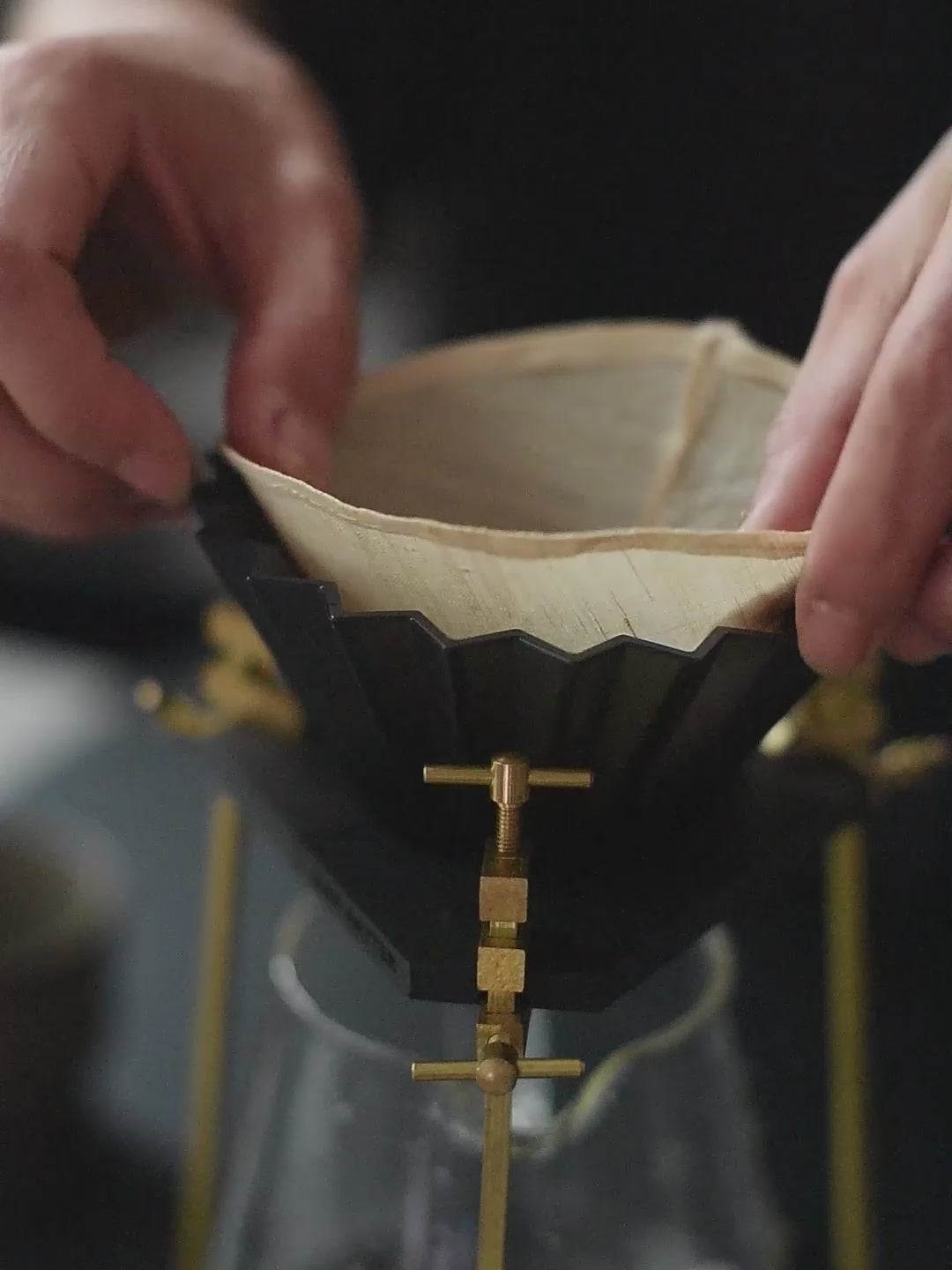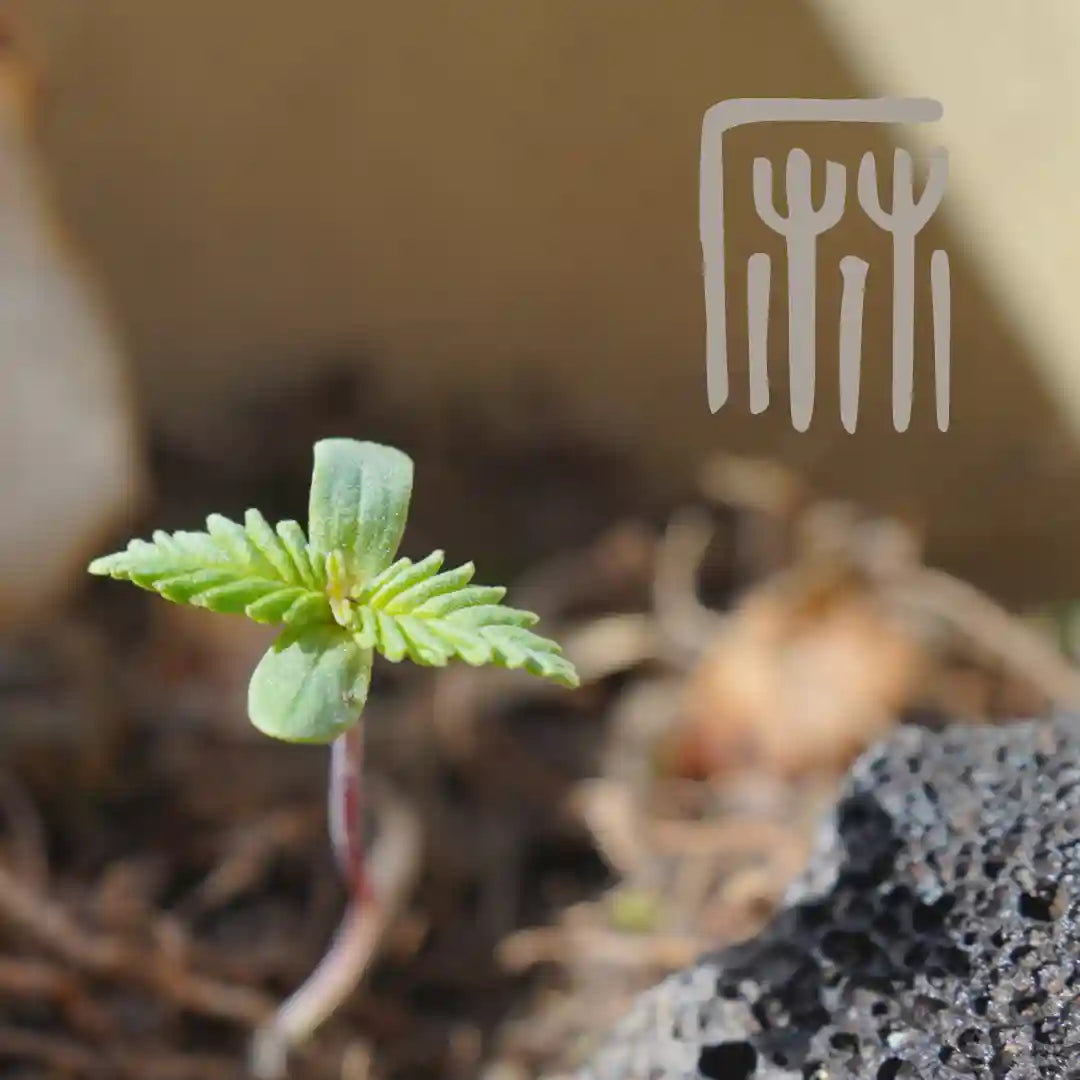
Hemp is a truly special plant.
# Cultivated for thousands of years without genetic modification since around 8,000 B.C. in China
-
Antimicrobial
Rapid growth
# Less susceptible to infestations and diseases
Antimicrobial
# CBD, terpenes, and lignin, act as natural repellents
Hypoallergenic
# Lacks irritants and allergens commonly found in other fabrics
-
Agro-friendly
No chemical usage
# Minimal to no chemical usage, low environmental impact, water efficiency, biodegradability and regenerative roots, make a sustainable and earth friendly alternative to traditional textile materials.
Drought tolerance
# Thrives in a variety of soil conditions without irrigation
Deep roots
# Access water from deeper soil layers
-
Soil improving
Deep roots
# Break up compacted soil for better water and air penetration
# Prevent soil erosion
# Open access to nutrients from deeper soil layers
# Nitrogen fixing.
Phyto-remediation
# Detoxifies and improves soil quality, removes heavy metals, pesticides, and other pollutants from the soil through its roots
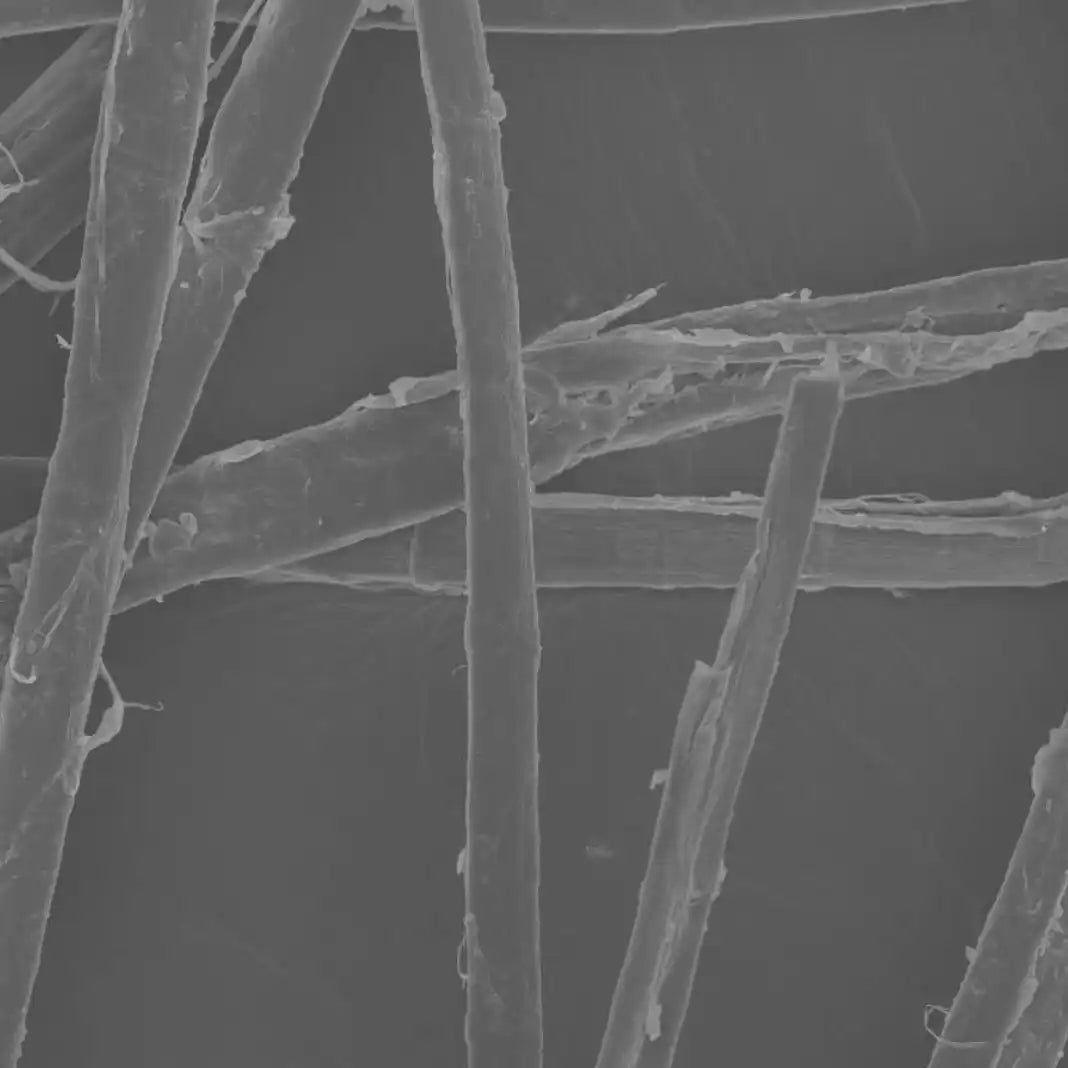
Breathability
Using a scanning electron microscope, you can see the structure of hemp fibers. Their complexity and variability give it its unique texture and properties.
Thermal regulation
# Allows air to circulate so excess heat and moisture can escape, keeping cool in warmer conditions
Porous structure
# Traps air close to the body, retaining heat in cooler conditions
Moisture-wicking
# Absorbs moisture from the skin without feeling damp/muggy
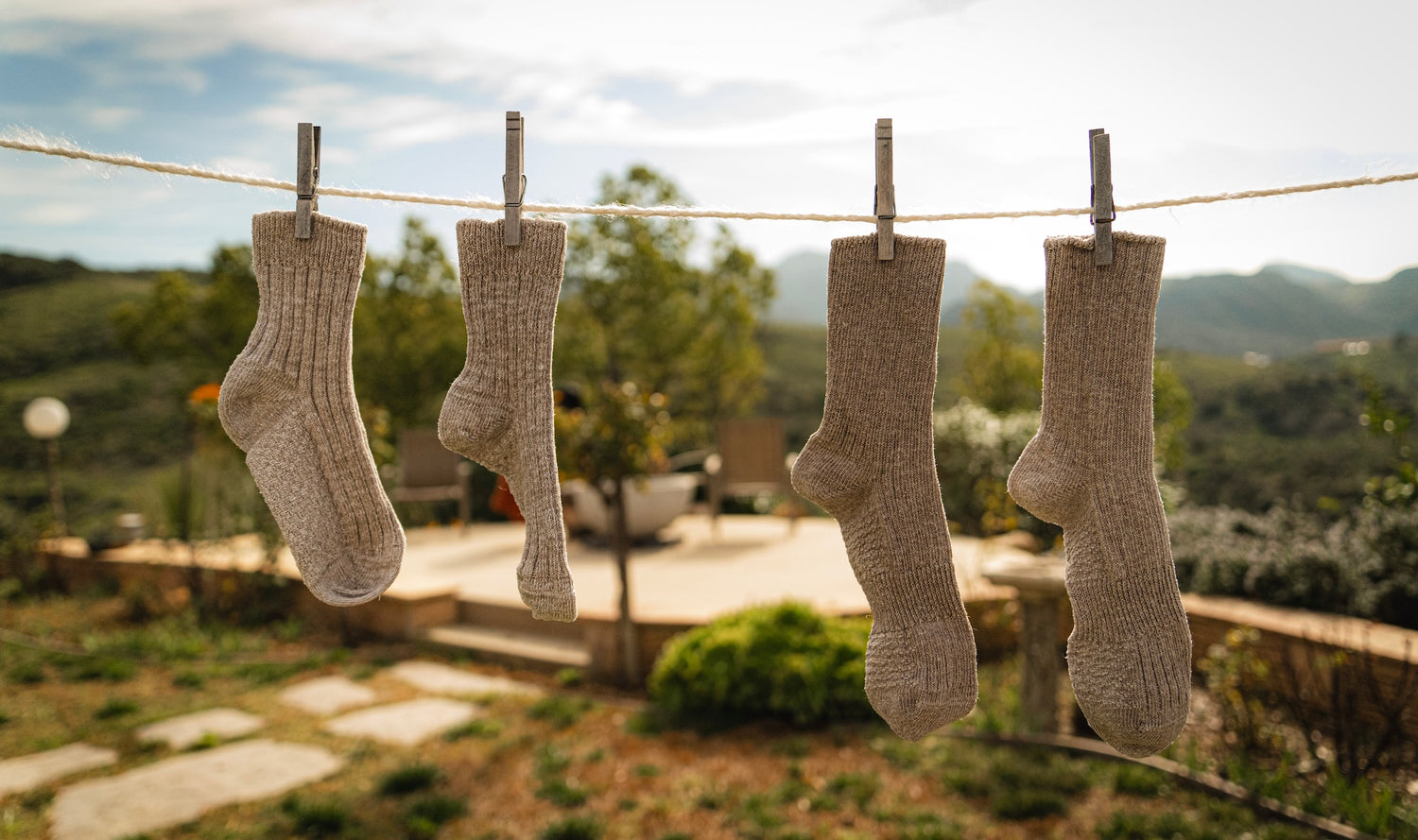
How to Wash
- Machine wash cool, gentle with like colors then lay flat, line dry, or tumble-dry on low heat to avoid shrinkage.
- Do not use bleach, oxi-clean, spot sprays, or products with enzymes.
- Use gentle, earth-friendly detergents.
- Take care not to wash with garments with zippers, velcro or towels with texture to avoid abrasion and pilling.
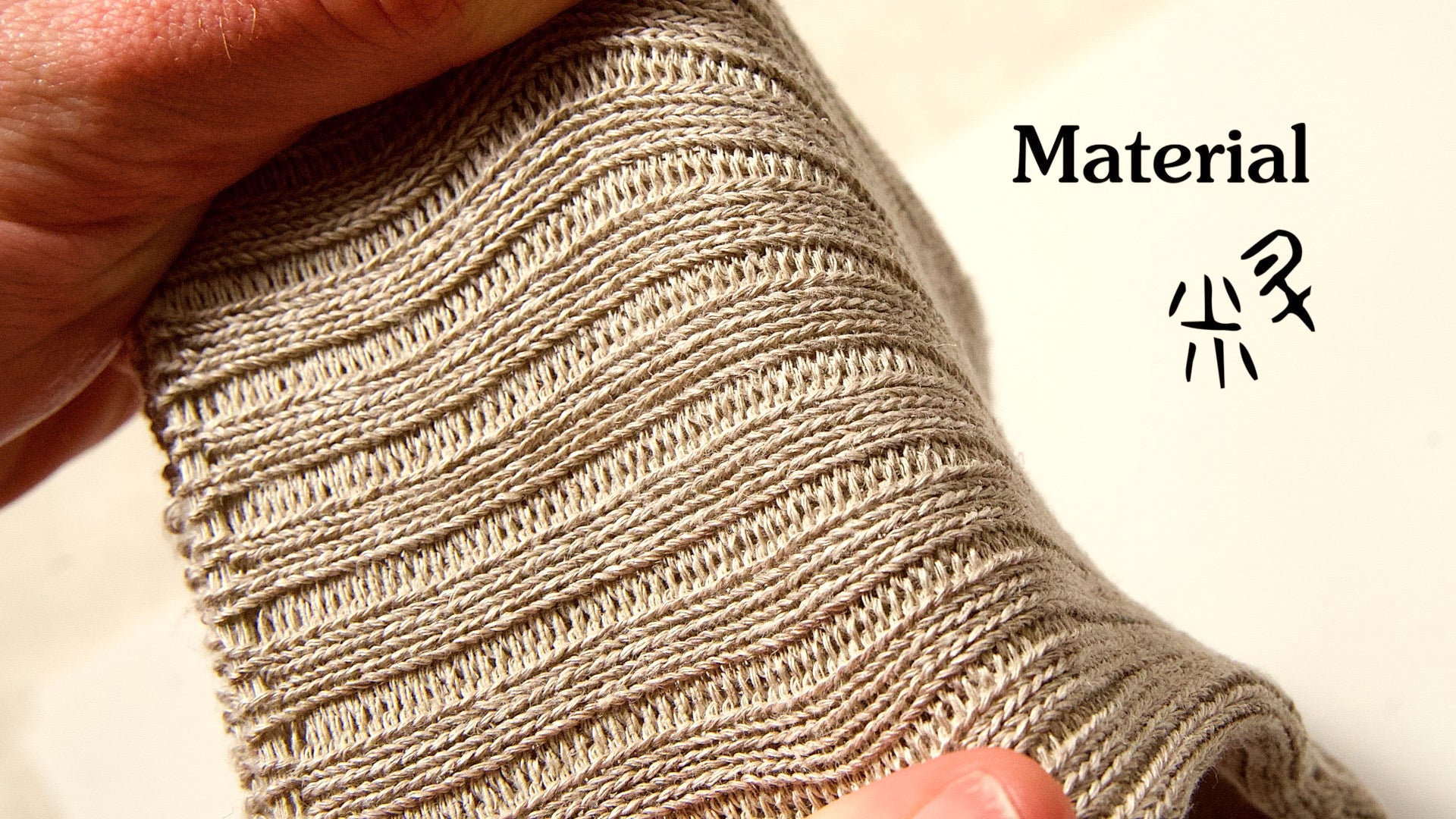

Pay careful attention to material composition.
Advertising has tricked us into believing we need the plastic and chemicals marketed as “new technology” with fancy marketing terms. The goal is always to decrease durability and product longevity and convince us to buy more. It results in a cheapening of our language. The word “natural” has been stolen by processed trash. “Natural flavor” in our foods is anything but natural. "Sustainable," "local," "organic," "low carbon footprint." These buzzwords have lost their meaning thanks to overuse by corporations that fail to adhere to the spirit of the words, and instead morph the definition to fit their marketing schemes. It now takes extraordinary effort to sift through the noise to find what things are truly made of, since they’ll try as hard as they can to hide it.
Finding existing alternatives becomes so much harder when the words to describe them have been corrupted. How does one describe things that are actually natural, actually real, actually raw, actually organic, actually sustainable…
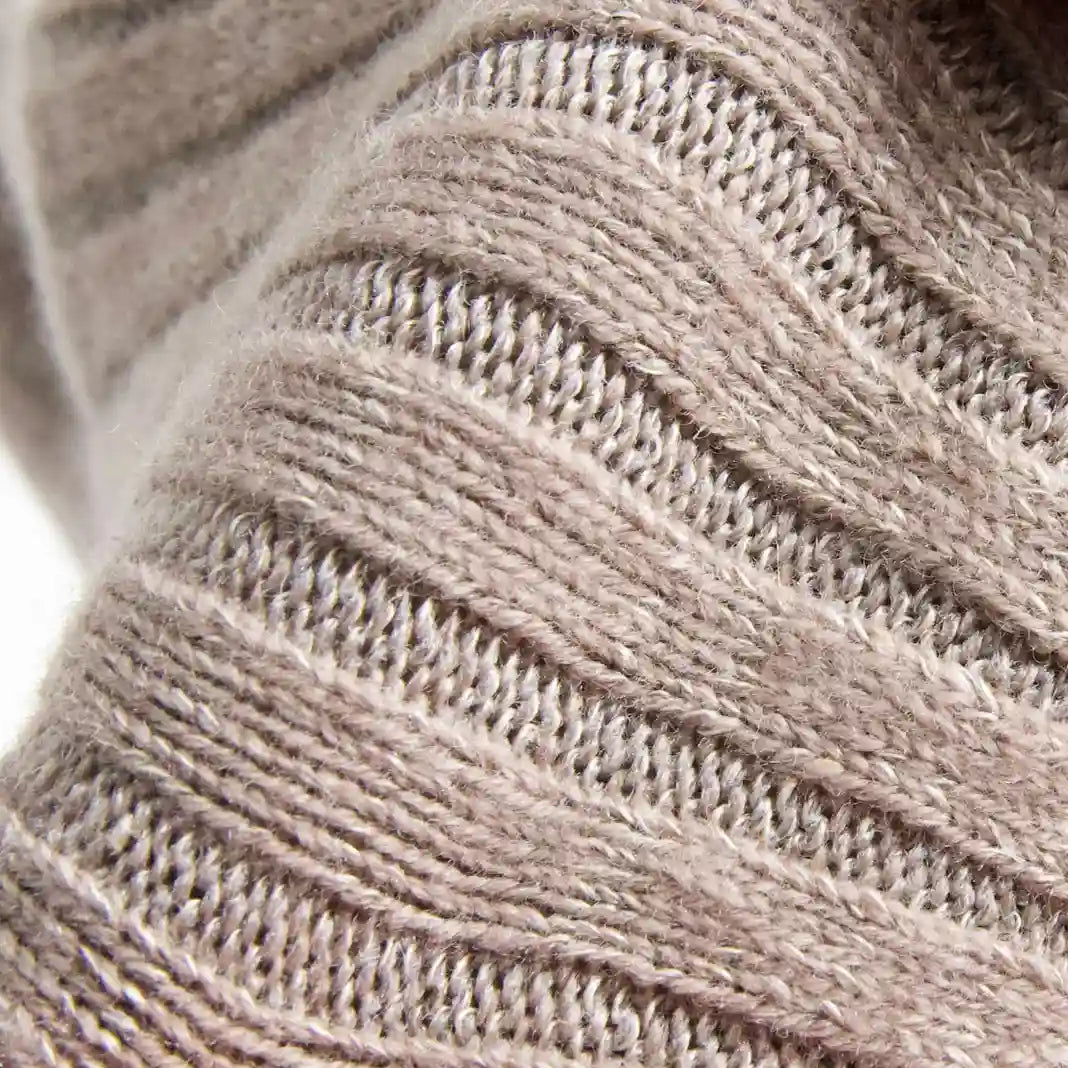
It’s not your fault.
They’re trying to deceive you.
Buzzwords like "recycled" are used to convince you that something is beneficial for the environment. Recycled polyester, nylon, and acrylic fibers are more likely to breakdown quicker, resulting in even more microplastics in our environment. Washing plastic fiber clothing releases millions of microplastics into the water that end up in the ocean, where it is consumed by wildlife and ends up in the food we eat. Microplastics are increasingly found in higher and higher concentrations in soil, and even human blood. The effects of microplastics in our blood have such complex consequences that we have only begun to recognize them. Hormone disruption, obesity, and decreased sperm count have all begun to be linked back to microplastic consumption. We should aim to minimize the use of these materials as much as we possibly can.
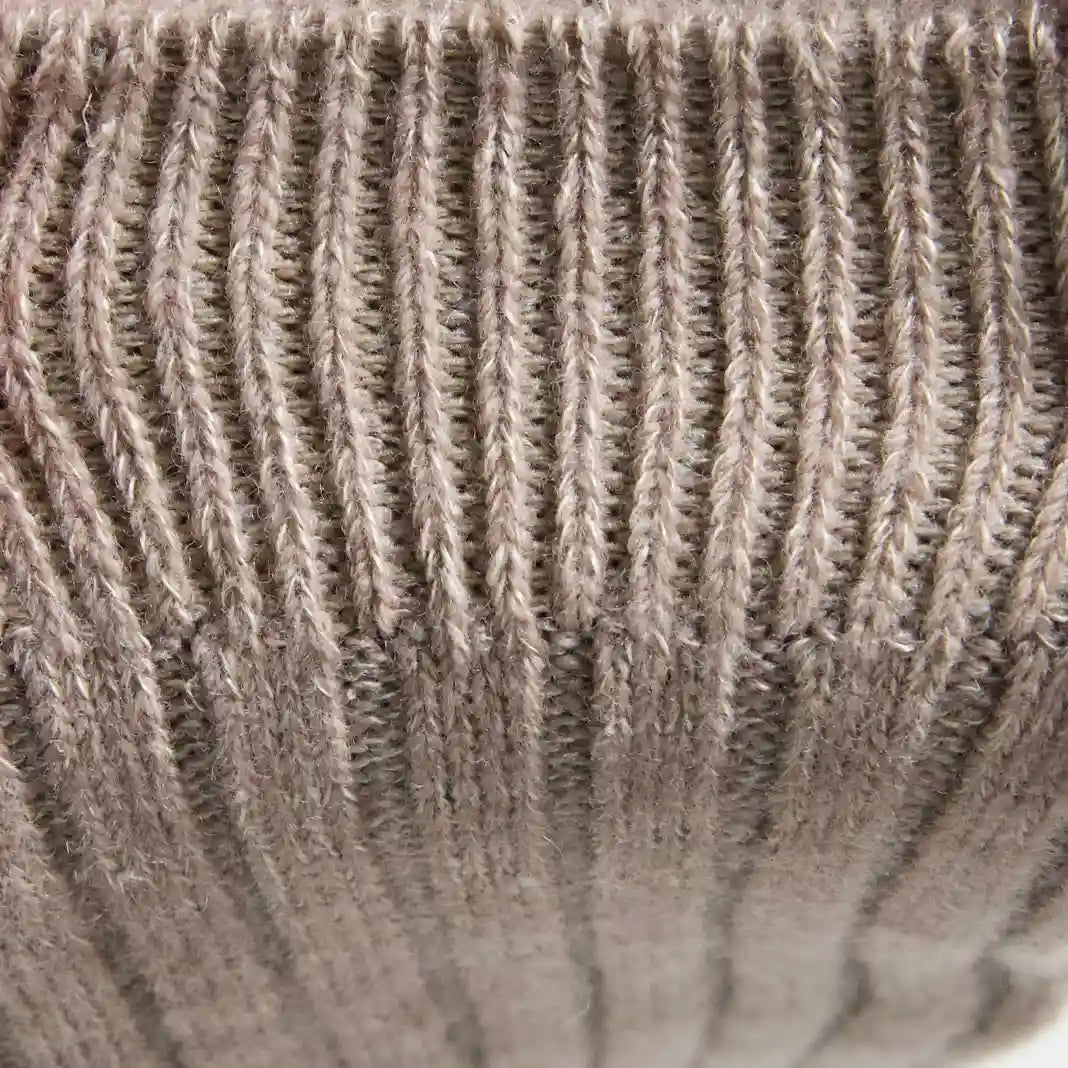
Other Examples
Laundry is a top source of microplastic pollution caused by washing processes of synthetic textiles. Polyester, nylon, acrylic, rayon, are all names for plastic fabric.
Dishwashing is also a source of microplastics due to plastic machine accessories, plastic utensils.
The increased use of Tide and Cascade Pods are also a huge contributor due to their being wrapped in dissolvable plastic.
Our Hemp Socks Supplier

Cloud Crane Hemp Ltd.
We choose carefully which factories to work with. Cloud Crane Hemp Ltd. became our first supplier after showing us the effort they put into their products. They have been inspected by third parties, had their products tested for fiber content, and their transparency and openness made working with them an easy choice.
Made from long fiber hemp
Hemp can either be mechanically processed into long fibers, chemically processed which damages the integrity of the fibers. Mechanically processed long fiber hemp results in an extremely strong fiber that has a very low environmental impact.

